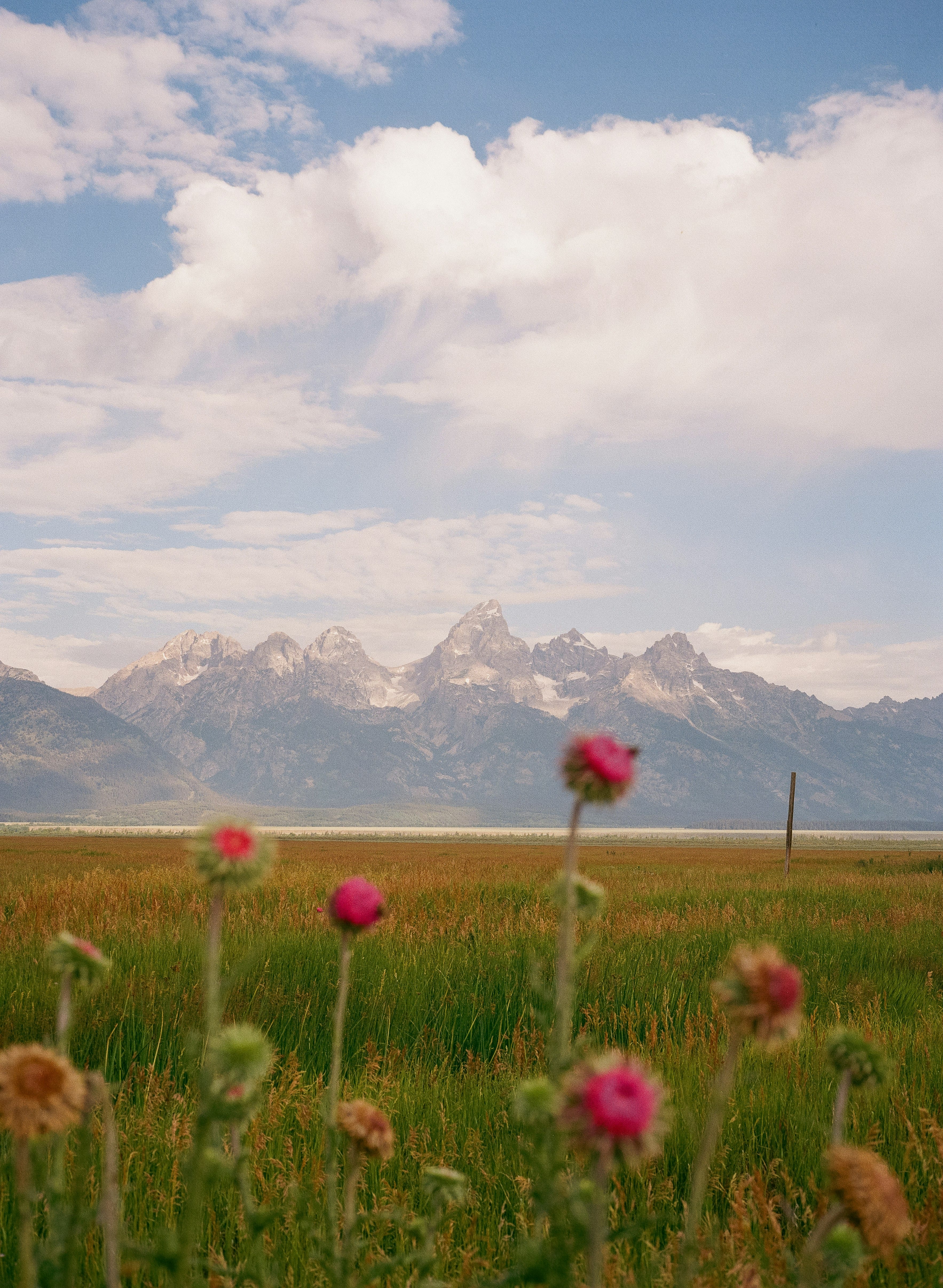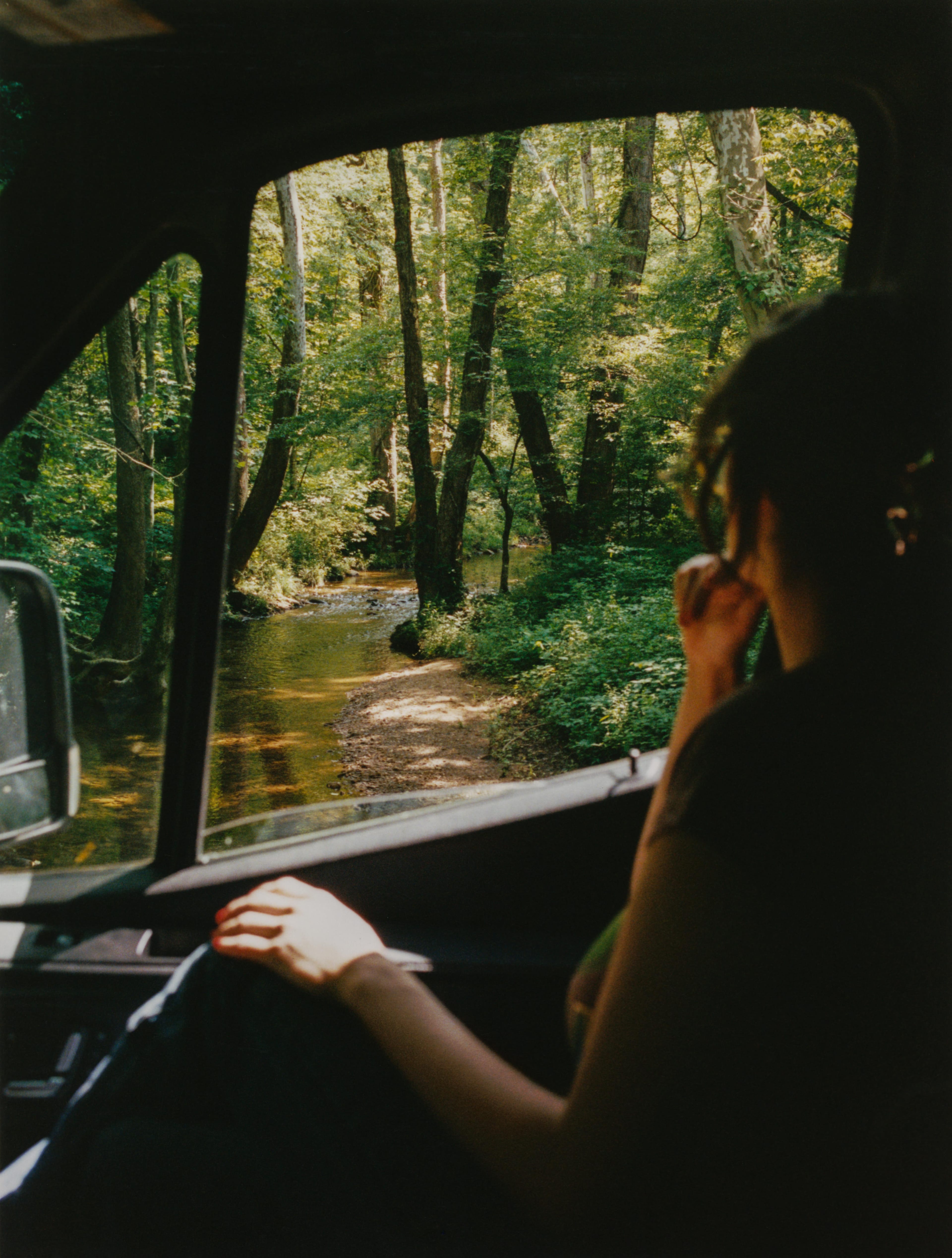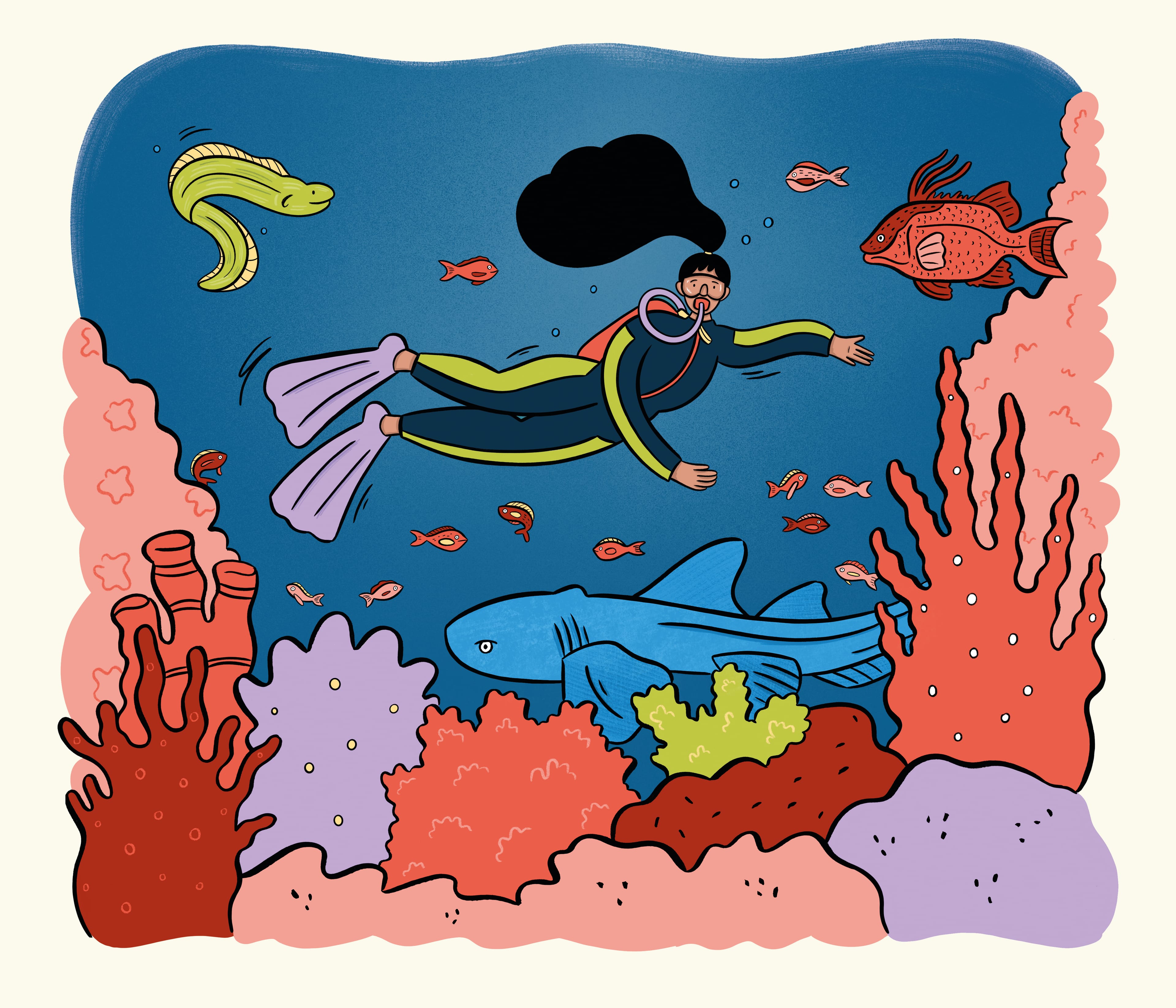A Guide to L.L.Bean’s Maine

Mercedes Mehling
An excursion into the wonders of the Pine Tree State, led by the iconic outdoors brand from Freeport.
A Word from L.L.Bean
In 1911, a hunting trip left Leon Leonwood Bean’s feet cold and soggy. This was the inspiration for an iconic invention: the Maine Hunting Shoe. By combining leather uppers with rubber bottoms, he created an innovative boot that protected its rugged wearers from the elements and changed footwear forever. The humble boot is promoted in mailers to out-of-state outdoorsmen; in 1921, Admiral Donald MacMillan outfitted an Arctic expedition with them—“My men are very enthusiastic over their experience with your foot equipment on our last Arctic Expedition, finding it extremely practical, especially for fall and spring work,” he wrote.
Year after year, the products released have boasted a particular blend of beauty and pragmatism, traits shared with the very place the brand took root in—the great state of Maine. Wild, vast forests of fir, spruce and pine, and the yellow birch and maple that are aflame come autumn. Majestic Katahdin. Rugged coastline and networks of islands like constellations. Where the working waterfront meets ‘Vacationland.’ In outfitting adventurers here for over a century, we’ve been able to tell the everyday—and extraordinary—story of this northernmost stretch of the country.
We’ve had remarkable reach since Leon Bean made his boot—with stores here in the U.S. and in Canada and Japan. But home is where the heart is, and for us, Maine is always home.
Learn more about L.L. Bean at llbean.com
MAINE COAST
One of Wildsam's most beloved Field Guides is back, with an assist from our friends at L.L.Bean. In these pages, you'll find the best of the Dawnland: food, drink, culture and outdoor adventure, alongside lots of historic lore and conversations with folks who call this place home.

An L.L.Bean Guide for Maine Travelers
KITTERY
This quintessential coastal enclave is the oldest town in Maine, incorporated in 1647 before the birth of the U.S.; known as Amiciskeag, or “fishing point,” in its earlier history.
ROCKLAND
A Midcoast lobstering epicenter is also an arts hub, with Farnsworth Art Museum, Center for Maine Contemporary Art.
RACHEL CARSON NATIONAL WILDLIFE REFUGE
From salt marsh to tidal river, a host to the saltmarsh sparrow, New England cottontail, least tern, piping plover.
OLD ORCHARD BEACH
Named for a once-thriving apple orchard, the “garden by the sea” opened its pier in 1898–now it stretches 500 feet into the Atlantic.
PROUTSNECK
The rugged beauty of Winslow Homer’s home landscape defined the world’s vision of Maine. [Visit his studio, where you can see his 1894 painting, Weatherbeaten.]
PORTLAND
The vibrant seaside city has a lot of can’t-miss: Ugly Duckling, Cong Tu Bot, Rose Foods, Fort Williams Park, Peaks Island, Portland Museum of Art are just a few.
SEBAGO LAKE
New England’s largest lake is pristine, worthy of a summer pilgrimage for swimming, picnics, boat hangs, togue fishing.
CHEBEAGUE ISLAND
This state gem, home to sailors and stone sloopers, is accessible by ferry via Casco Bay Lines or Cousin’s Island.
FREEPORT
Historic L.L.Bean flagship store is open 24 hours a day–and outfitting since 1917.
NORWAY
Roberts Farm Preserve grooms and tracks seven miles of idyllic Nordic trail for cross-country, snowshoes, dog rambles.
GRAFTON NOTCH
In the Mahoosuc Range, epic backcountry hiking and summits [Old Speck!] and 12 grueling Appalachian Trail miles.
VINALHAVEN
Ferries usher hosts of hikers, kayakers, island-hoppers to this windswept jewel. A swim at Lawson’s Quarry, followed by a lobster roll at Greet’s Eats, makes for a pretty perfect Maine itinerary.
ISLE AU HAUT
Take the ferry from Stonington to explore rocky shorelines and quaint village. Population 92.
ACADIA NATIONAL PARK
47,000 protected acres of granite mountains, coastline, forest [including trailheads and campgrounds] can be traversed via the free Island Explorer shuttle.
BANGOR
A former timber hub is eclectic in its offerings, like Bangor City Forest trails, Stephen King House and the University of Maine’s Museum of Art.
QUODDYHEAD
The easternmost point of the continental U.S. has a classic lighthouse known for its singular red and white stripes.
ALLAGASH WILDERNESS
For many paddlers, running this 92-mile waterway in the state’s northern reaches is a lifetime bucket-lister.
RANGELY
Plentiful hunting and fishing camps, along with boat launches and swim spots, make this a classic lakeside summering destination.
MOUNT KATAHDIN
The Penobscots named it “Great Mountain”; it is Maine’s highest peak, and a strenuous climb from every trailhead. [The summit, of course, is the reward.]
LUBEC
FDR Memorial Bridge connects Lubec to Campobello Island, 2800 unspoiled acres of nature park beloved by the Roosevelts.
BOOTHBAY
Take the Bennie Alice from the harbor to Cabbage Island, where the Moore family puts on legendary clambakes.
DAMARISCOTTA
The Damariscotta River is a vertex for oyster farming–relish them close to the source at Glidden Point, King Eider’s.

THE LEGACY OF L.L.BEAN
A timeless tradition of innovation and outdoor heritage, spanning more than 100 years.
1911 Leon Leonwood Bean invents the Maine Hunting Shoe after a cold, damp hunting trip.
1912 L.L. promotes his boot in a mailer to out-of-state sportsmen; 90 of 100 pairs are returned. L.L. refunds, and improves the design.
1921 Admiral Donald MacMillan outfits Arctic expedition with L.L.Bean boots.
1924 L.L. introduces his iconic Maine Duck Hunting Coat (now Field Coat).
1937 Despite the Depression, L.L.Bean sales top $1 million.
1942 L.L. writes Hunting, Fishing and Camping.
1951 Freeport store begins 24/7 hours for sportsmen; Ladies’ Department opens.
1960 Leon Gorman, L.L’s grandson and future L.L. Bean president, is hired.
1965 The iconic Norwegian Sweater first appears.
1967 L.L. dies at age 94; Leon Gorman becomes president.
1979 Outdoor Discovery Schools launch.
1980 The Official Preppy Handbook by Lisa Birnbach is published, cementing L.L.Bean’s place in fashion iconography.
1987 “Sunrise over Katahdin” logo is revealed.
1990 L.L. Bean sponsors and outfits the Everest Peace Climb.
1992 First L.L. Bean store opens in Japan.
2000 First US retail store outside of Maine opens.
2001 Chris McCormick becomes the first non-family company leader.
2006 L.L. Bean commits to LEED standards for new structures.
2007 Leon Gorman Park opens.
2010 Leon Gorman receives the Bowdoin Prize Award.
2012 L.L. Bean celebrates 100 years and rolls out the Bootmobile.
2015 Leon Gorman dies at the age of 80.
2017 “Be an Outsider” tagline debuts; college tour with mobile kiosk begins.
2020 During COVID-19, L.L.Bean makes masks and launches wholesale partnerships.
2024 L.L.Bean continues to grow with four new U.S. stores openings in Ulster, NY; Mechanicsburg, PA; Enfield, CT; and Indianapolis, IN.
The Boat and Tote
America’s go-to tote was originally a $3 ice carrier, but in 1965, its taller, slender redesign—styled in nautical red and blue—quickly became the emblem of New England seaside life. Now, the carry-all is ubiquitous—a timeless [and versatile] standby.
Handcrafted by a team of expert stitchers in Maine [fun fact: they can fabricate a bag in seven minutes].
Heavy-duty 24 oz. cotton canvas is tested to hold up to 500 pounds.
Overlapped seams are double-stitched with nylon so they won't rot or break.
V-point closures—a signature design detail—are the “closing” element of the tote’s construction.

FIVE KINDS OF WALKS
Silent Walks
Nature isn’t inherently silent—but if you walk slowly and step softly, you can let busy or anxious thoughts pass by and redirect your mental energy to moving quietly through the environment. Bring yourself back into the here and now with unseen birdcalls, leaves rustling in the breeze, or even the hum of cars. Go it alone or with a group.
Social Walks
Research has shown that social connection is crucial to one’s mental wellbeing. By walking with another person, you can access communion with others and with the environment itself, and foster mutual trust, respect and understanding.
Mindfulness Walks
Practice bringing your attention to the present moment through the act of walking, an exercise in awareness of both space and self, and a time to appreciate how your body and mind feel while moving. Let yourself melt into the sights and sounds of the environment around you, noticing changes as you go along in your surroundings and within your body and mind. By the end, you should feel calmer, more focused and less stressed.
Learning Walks
Engage your mind with an audiobook or a podcast. Getting lost in a story or episode won’t just exercise your mind—it can keep you moving longer, making even the most familiar paths feel like a whole new journey.
Wander Walks
There’s exhilaration in walking without a destination. Next time you head out, go left instead of right. Turn up an unfamiliar side street. Cut through a park you’ve never visited. Going for a wander lets you enjoy being outdoors without pressure or expectations, and new surroundings heighten your sense of wonder and awareness.






